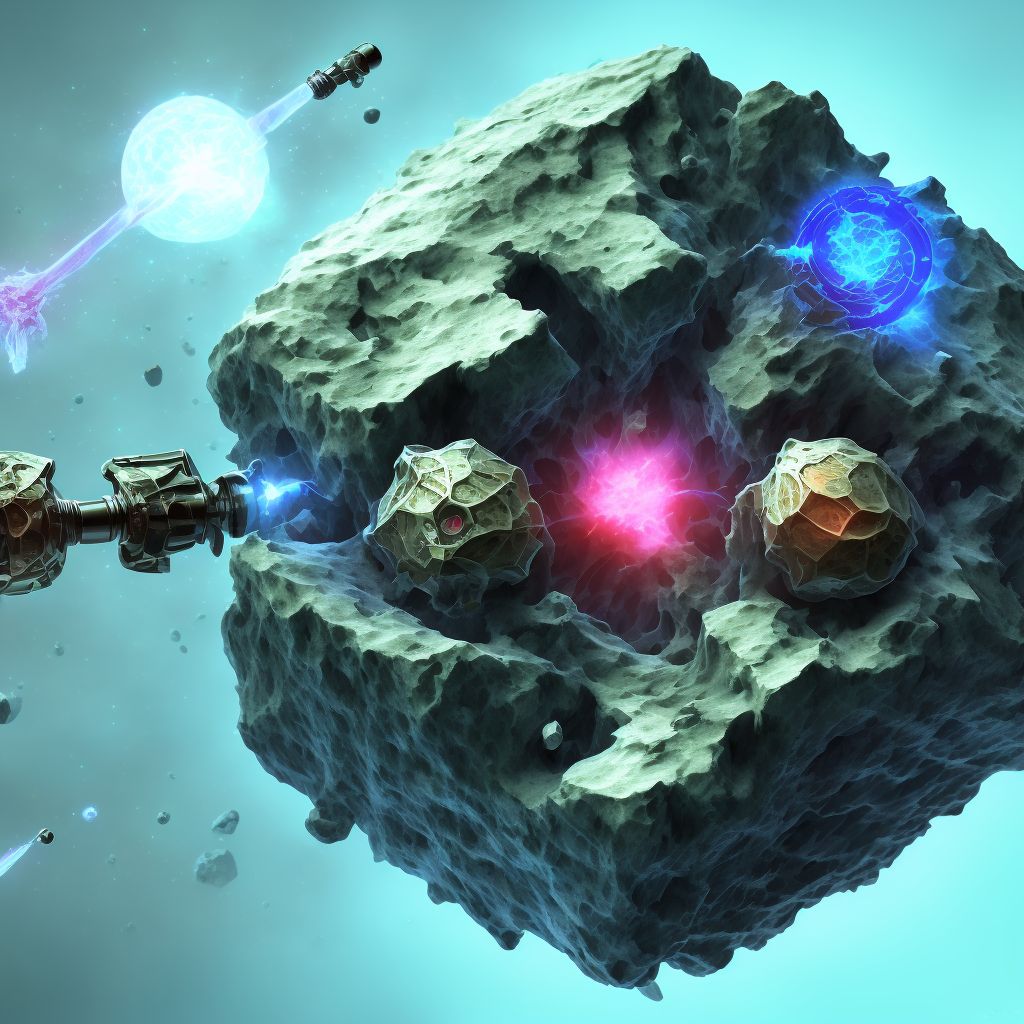
Nondisplaced transverse fracture of shaft of unspecified fibula, subsequent encounter for open fracture type IIIA, IIIB, or IIIC with nonunion Save
ICD-10 code: S82.426N
Disease category: S82.426: Nondisplaced transverse fracture of shaft of unspecified fibula
Nondisplaced Transverse Fracture of Shaft of Unspecified Fibula: Understanding Open Fracture Types IIIA, IIIB, or IIIC with Nonunion
A nondisplaced transverse fracture of the shaft of the unspecified fibula can lead to subsequent encounters for open fractures of varying severity, categorized as type IIIA, IIIB, or IIIC with nonunion. In this article, we will explore these open fracture classifications and the importance of understanding them for proper diagnosis and management.
- Type IIIA Open Fractures: Type IIIA open fractures occur when there is a wound smaller than 10 cm in size, with minimal soft tissue damage and adequate coverage over the fracture site. These fractures are considered less severe compared to IIIB or IIIC fractures, as there is typically enough soft tissue remaining to support proper healing.
- Type IIIB Open Fractures: Type IIIB open fractures involve significant soft tissue loss, making them more complex to treat. These fractures are often associated with high-energy trauma, causing extensive damage to the surrounding tissues. Proper management of these fractures requires a multidisciplinary approach involving orthopedic surgeons, plastic surgeons, and wound care specialists.
- Type IIIC Open Fractures: Type IIIC open fractures are the most severe and challenging to treat. They involve arterial injury and require immediate intervention to restore blood supply to the affected area. These fractures often result in major soft tissue damage, including loss of skin, muscle, and neurovascular structures. Prompt surgical intervention is crucial to prevent complications and improve the chances of successful healing.
Understanding the classification of open fractures is essential for healthcare professionals to determine the appropriate treatment course. Accurate diagnosis helps guide treatment decisions and ensures the best possible outcome for the patient.
While this article does not delve into treatment options for nondisplaced transverse fractures or open fractures, it emphasizes the significance of proper classification and subsequent management. If you suspect you have a nondisplaced transverse fracture of the shaft of the unspecified fibula, it is crucial to consult with a medical professional who can evaluate your condition and recommend the appropriate course of action.
Remember, early diagnosis and proper treatment are essential for successful recovery. Stay informed and prioritize your health to ensure the best possible outcome for any injury or medical condition.
Treatment of Nondisplaced transverse fracture of shaft of unspecified fibula, subsequent encounter for open fracture type IIIA, IIIB, or IIIC with nonunion:
Treatment Options for Nondisplaced Transverse Fracture of Shaft of Unspecified Fibula with Nonunion
Dealing with a nondisplaced transverse fracture of the shaft of the fibula can be challenging, especially when it progresses to nonunion. However, there are several treatment options available that can help patients recover and regain normal functionality. Here are some effective app...
To see full information about treatment please Sign up or Log in